#Phyllis Crawford
Text

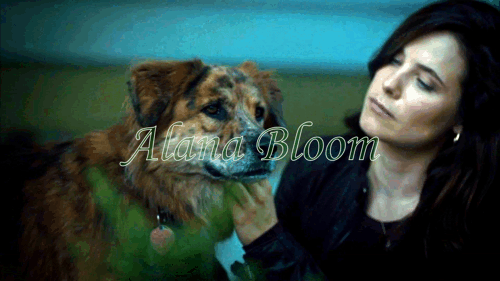
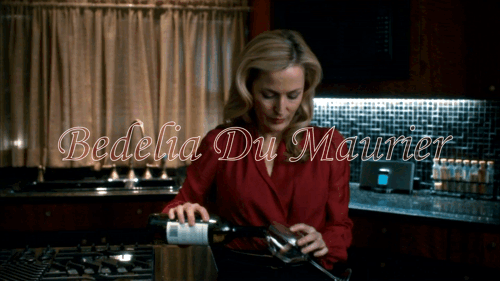
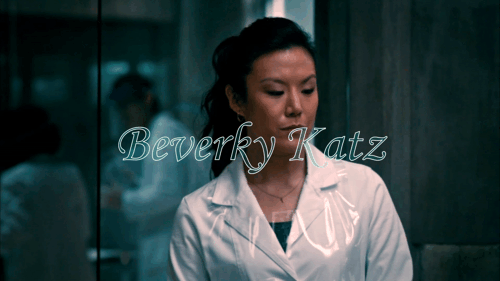


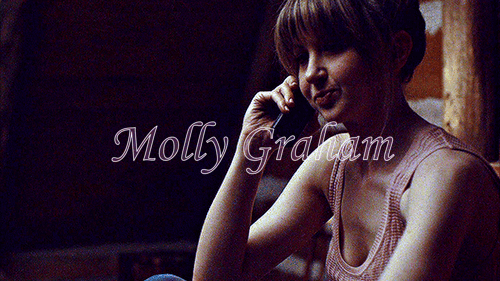

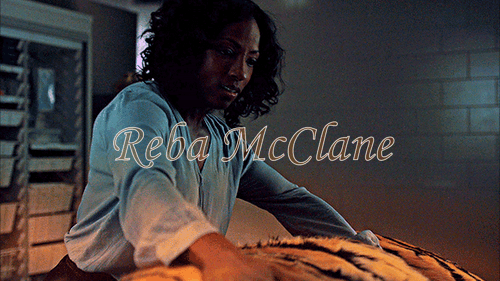

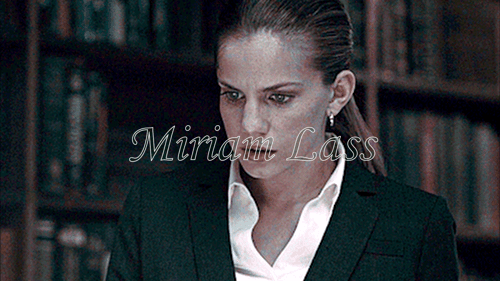

ladies of Hannibal
#nbc hannibal#alana bloom#bedelia du maurier#freddie lounds#abigail hobbs#miriam lass#kade prurnell#reba mcclane#margot verger#bella crawford#phyllis crawford#chiyoh#beverly katz#molly graham
77 notes
·
View notes
Photo



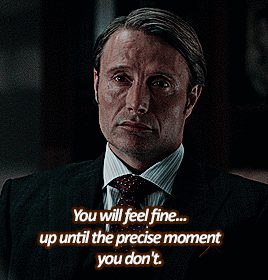
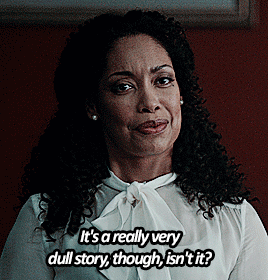

Coquilles
#hannibal#hannibaledit#mads mikkelsen#Gina Torres#hannibal lecter#bella crawford#phyllis crawford#coquilles#hannimake#mistikfiredit
205 notes
·
View notes
Text
Jack referring to Bella as Phyllis in the book feels wrong, I know that's her name but god damn it, it's Bella. 🥺
#jack crawford#bella crawford#Phyllis Crawford#see it isnt even a tag suggestion!#call her bella! shes beautiful and deserves it 😭#hannibal#the great red dragon#red dragon#thomas harris#hannibal books
24 notes
·
View notes
Text
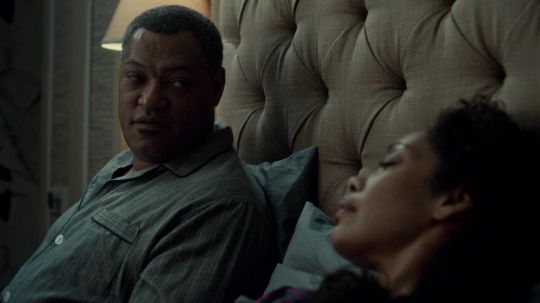

nobody did it like them
#hannibal#hannibal lecter#will graham#nbc hannibal#hannigram#hannibal nbc#jack crawford#bella crawford#phyllis#i love phyllis#nobody can get her away from me#im actually their child btw
80 notes
·
View notes
Photo

US Vogue September 1991
"Great Lengths"
Models: Cindy Crawford
Photographer: Irving Penn
Stylist: Phyllis Posnick
Hair: Oribe Canales
Makeup: Kevyn Aucoin
#Vogue#1991#Cindy Crawford#Irving Penn#Phyllis posnick#Oribe#kevyn aucoin#90s supermodels#90s glam#90s icons
11 notes
·
View notes
Photo

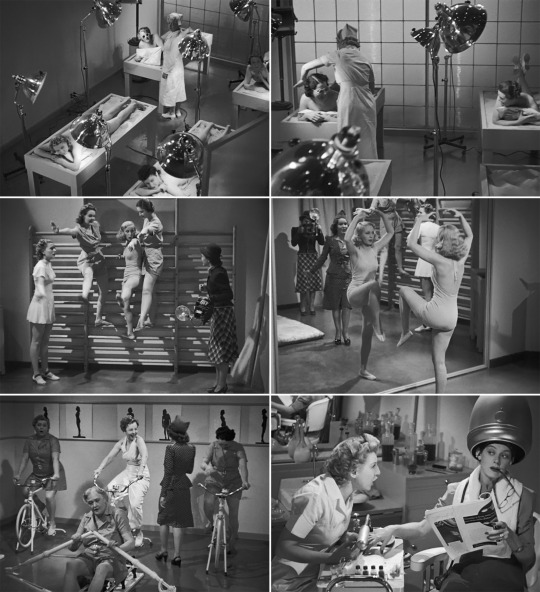


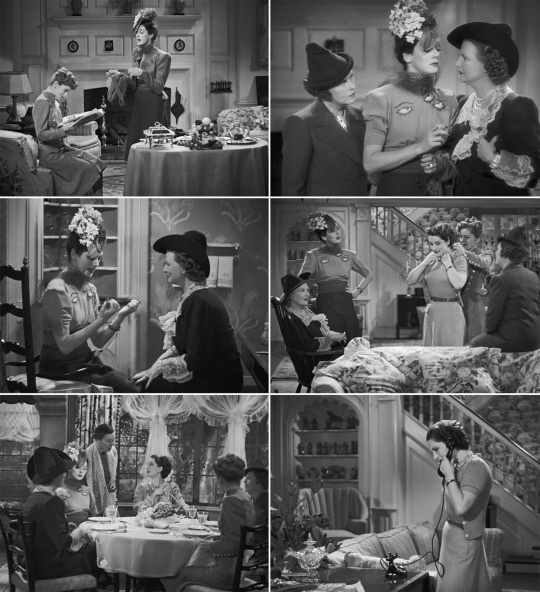

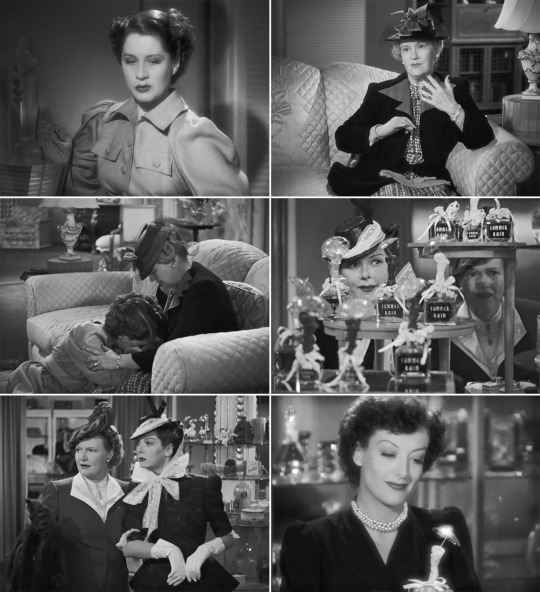
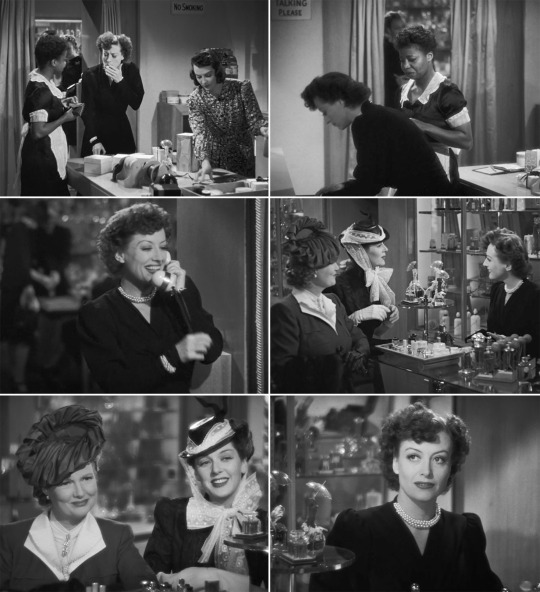
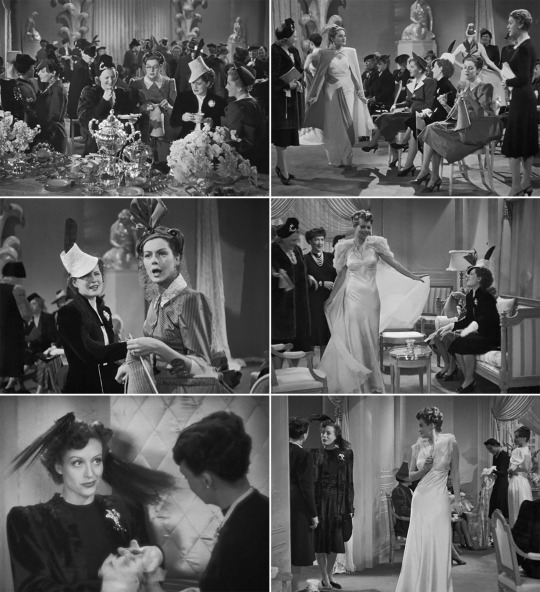

The Women is a 1939 American comedy-drama film directed by George Cukor. The film is based on Clare Boothe Luce's 1936 play of the same name
#the women 1939#the women old hollywood movie#old hollywood#old hollywood movies#old hollywood classic#old hollywod glamour#vintage hollywood#golden age of hollywood#George Cukor#Norma Shearer#Joan Crawford#Rosalind Russell#Mary Boland#Paulette Goddard#Phyllis Povah#Joan Fontaine#Virginia Weidler#old movies
29 notes
·
View notes
Text









Thunder on the Hill (1951) Douglas Sirk
July 17th 2024
#thunder on the hill#1951#douglas sirk#claudette colbert#ann blyth#philip friend#anne crawford#robert douglas#michael pate#connie gilchrist#gavin muir#phyllis stanley#john abbott#norma varden#gladys cooper
0 notes
Text
#idk im bored#i THINK thats all of them. oh right the girl that got caught in fire as well#but ok too many options already i fear#as much as i love margot or bev i gotta pick chiyoh i fear#nbc hannibal#bella crawford#abigail hobbs#alana bloom#margot verger#chiyoh#bedelia du maurier#freddie lounds#beverly katz#miriam lass#molly graham#reba mcclane#poll
101 notes
·
View notes
Text

The Women 1939
The Women is a 1939 American comedy-drama film directed by George Cukor. The film is based on Clare Boothe Luce's 1936 play of the same name and was adapted for the screen by Anita Loos and Jane Murfin, who had to make the film acceptable for the Production Code for it to be released.
The film stars Norma Shearer, Joan Crawford, Rosalind Russell, Paulette Goddard, Joan Fontaine, Lucile Watson, Mary Boland, Florence Nash, and Virginia Grey. Marjorie Main and Phyllis Povah also appear, reprising their stage roles from the play. Ruth Hussey, Virginia Weidler, Butterfly McQueen, Theresa Harris, and Hedda Hopper also appear in smaller roles. Fontaine was the last surviving actress with a credited role in the film; she died in 2013.
The film continued the play's all-female tradition—the entire cast of more than 130 speaking roles was female. Set in the glamorous Manhattan apartments of high society evoked by Cedric Gibbons, and in Reno, Nevada, where they obtain their divorces, it presents an acidic commentary on the pampered lives and power struggles of various rich, bored wives and other women they come into contact with.
Filmed in black and white, it includes a six-minute fashion parade filmed in Technicolor, featuring Adrian's most outré designs; often cut in modern screenings, it has been restored by Turner Classic Movies. On DVD, the original black-and-white fashion show, which is a different take, is available for the first time.
Throughout The Women, not a single male character is seen or heard. The attention to detail was such that even in props such as portraits, only female figures are represented, and several animals which appeared as pets were also female. The only exceptions are a poster-drawing of a bull in the fashion show segment, a framed portrait of Stephen Haines as a boy, a figurine on Mary's night stand, and an advertisement on the back of the magazine Peggy reads at Mary's house before lunch that contains a photograph of Douglas Fairbanks, Jr.
In 2007, The Women was selected for preservation in the United States National Film Registry by the Library of Congress as being "culturally, historically, or aesthetically significant".
27 notes
·
View notes
Text
#If anyone chooses Mason I’m concerned#I choose Freddie#hannibal the series#hannibal nbc#nbc hannibal#hannibal the cannibal#hannibal lector#hannibal and will#hannibal posting#tumblr polls
23 notes
·
View notes
Text
if we're being real the most fuckable person in nbc hannibal is my queen phyllis bella crawford but whatever. her and will graham should not physically exist and yet. here we are. it's a miracle jack still has a pulse tbh. they took that into account during the internal investigation and it helped a lot actually. who can blame him
7 notes
·
View notes
Text
"Welcome to the Theatre": Diary of a Broadway Baby
Mother Play
April 26, 2024 | Broadway | Hayes Theater | Evening | Play | Original | 1H 30M

I am now deeply, and unsurprisingly, in love with Jessica Lange. After so many new and disappointing musicals this month, being able to sit third-row in a smart, well-written, expertly-acted play with no pomp and circumstance is a relief. Written by Pulitzer Prize-winner Paula Vogel, the play examines her own childhood with a mother who should never have been a mother. Under Jessica Lange's masterful craft, Phyllis is part-Joan Crawford, part Mama Rose. Sympathetic and deplorable, enchanting and repulsive. A prime example of a woman who had motherhood forced on her, and tried to cope, but failed at every turn. Celia Keenan-Bolger, no stranger to embodying child roles as a grown woman, is the playwright's stand-in (here named Martha, not Paula) and carries the show's narrative with the same competence as the character has in packing up a house and moving out when the eviction notice comes. Jim Parsons, also a wonderful performer as Carl, the brother who doesn't survive. The three actors are so well-connected.
The show is comedy and tragedy. Morbid in the best way. The last scene, as a middle-aged Martha takes care of an elderly mother who no longer recognizes her, carried more power and nuance than the entirety of The Notebook's handling of the same disease. Vogel trusts her audience to still have an ounce of critical thought. The biggest example of this is in the play's subtle analysis of Phyllis's own sexuality. Her children, Martha and Carl, are very openly gay. Something that horrifies their mother, who slowly comes around (sort of) as the years pass, only to heartbreakingly not in the end. Martha, the narrator, never once comes out and says "I think my mother might've been a repressed lesbian," but that idea is woven into the entire piece. Phyllis, who is so tactile with her young son, but can't bear to touch her daughter, and who avoids any contact with women. In the end, old and senile, she is bathed by a daughter she thinks is just a nurse at the home. And as Martha drags a damp cloth over her mother's neck and collarbone, across her bare shoulder and down beneath the robe over her breasts, the relief and simple pleasure Phyllis gets out of this touch reveals more than any blatant statement. Jessica Lange's expressions in this moment are mesmerizing. And Celia Keenan-Bolger's just heartbreaking.
There's also something delightful in the way Phyllis, who starts the play at 37 and continues into her seventies, is allowed to visibly age. By the curtain call, Jessica Lange is onstage with her wrinkles and lines and bags visible for all to see, and I love a woman who is allowed to be old on stage.
Verdict: Why I Love the Theatre
A Note on Ratings
#mother play#paula vogel#broadway#theatre#second stage#welcome to the theatre: diary of a broadway baby
5 notes
·
View notes
Photo
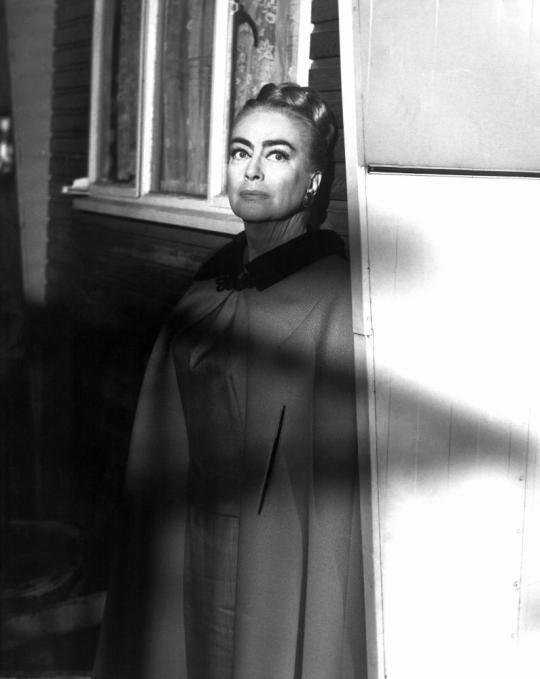
Premiered in the US fifty-five years ago today (11 January 1968): ultra-kitsch Joan Crawford hagsploitation horror film Berserk (1967). Never was a film more aptly titled! Highlights: 1) 62-year-old Crawford is on fearsome scary diva form as hard-as-nails circus mistress Monica Rivers (a serial killer is gruesomely picking-off her circus’ performers one by one). Crawford’s portrayal can be summarized as “lipstick over concrete.” And don’t even get me started on the insane auburn wiglet Crawford wears, or the special “glamour lighting” that ensures a flattering dark shadow is always cast under her chin. 2) Anytime impossibly hunky Ty Hardin takes his shirt off. (Hardin is so devilishly handsome he’s like a homoerotic Tom of Finland illustration came to life). Note also that Hardin’s death-defying tightrope act involves him wearing a face-obscuring hood, which enables a stuntman to do it all on his behalf! 3) Zaftig British sex goddess Diana Dors’ juicily bitchy performance (and her straw-like bouffant hairstyle) in a supporting role. 4) The plot is considerably padded-out with circus performance footage (which you see in all its plodding entirety), but Phyllis Allan and her Intelligent Poodles are delightful! 5) Not a spoiler, but the abrupt, lunatic ending (just after the murderer exclaims, “I killed them ALL! I HAD to! Now I’m going to kill YOU!”) ensures the scriptwriters are freed from explaining how any of this could have been feasible! I really need to find a way to screen Berserk at my monthly Lobotomy Room film club. (I just realized I’m posting this a day late, but fuck it - this anniversary is just too culturally significant!).
#berserk#joan crawford#hagsploitation#lobotomy room#classic horror movies#exploitation cinema#cult cinema#cult film#bad movies we love#bad movies for bad people#scary diva#queer#lgbtq
27 notes
·
View notes
Text
I noticed something when I watched The Shining yesterday.
(Spoiler?) When Wendy and Danny are walking with Mr. Hollorann, he says “Mrs. Torrance, your husband introduced you as Winifred. Now, are you a Winnie or a Freddie?” Wendy replies “I’m a Wendy”
In Hannibal, Hannibal has invited Jack and his wife over for dinner. Hannibal asks Bella “Mrs. Crawford, your husband introduced you as Bella. Now, are you an Isabelle or an Annabelle?” To which she replies “I’m a Phyllis”.
(Jack Crawford and Jack Torrance… just noticed they have the same name.)
I thought this was a little “interesting”. But, I do know that Bryan Fuller is a fan of The Shining.
#the shining#nbc hannibal#jack torrance#wendy torrance#stanley kubrick#hannibal lecter#jack crawford#bella crawford
8 notes
·
View notes
Text
Thunder on the Hill

Whenever I see a ‘50s or ‘60s actress posture her way through a role that requires a little more grit than the standard studio-trained contract player could muster, I tend to think how much better Beverly Garland or Carolyn Jones would have been. I felt like a prophet when I read the AFI notes on Douglas Sirk’s THUNDER ON THE HILL (1951, Criterion) and saw Garland had played Ann Blyth’s role in a TV adaptation opposite Phyllis Thaxter. I don’t expect anybody would be upset were I to suggest that Garland probably did a better job, so I’ll drop the other shoe and say that Thaxter likely was more effective than Claudette Colbert. Colbert is a nun running a convent hospital. When a flood strands the police escort for a condemned murderess (Blyth) there, Colbert becomes convinced the woman is innocent and sets out to prove it, despite opposition from the authorities and her mother superior (Gladys Cooper). This is early Sirk, before he found his perfect producer in Ross Hunter, so there’s not enough kitsch to liven things up, and when Colbert and Blyth get all emotional, it gets rather hard to watch. They indicate emotion as if they were acting for the first time. Maybe the film would be more ironic in Technicolor with Jean Louis gowns and nun’s habits. That’s not to diss William Daniels’ cinematography. He and Sirk do great work with light and shadow, and there are even some camera angles that anticipate the director’s later, more delirious framing. And at least when the leading ladies’ emoting gets too much, you can marvel in the more detailed, naturalistic work of Anne Crawford as a doctor’s wife with a secret, Connie Gilchrist as the convent cook, Michael Pate as the village idiot and Norma Varden as Blyth’s female guard (so good, I kept watching her even when she was out of focus). The film plays more as melodrama than murder mystery. Instead of following Colbert as she attempts to figure out whodunnit, we see lots of scenes without her that eventually let us solve the case before she does. There’s also a lot of emphasis on women’s roles, which is another element anticipating Sirk’s later films. The nuns are condemned to lives of servitude, while the doctor’s wife is a virtual prisoner of domesticity. The view of religion also reads false, which may be some Sirkian irony at work. Were a lesser actress than Cooper cast as the mother superior, the religious life might seem totally absurd. As it is, Cooper is so authoritative you may not realize until afterwards what a hypocrite the character is. She fully supports Colbert’s take-charge attitude in running the hospital, but when the sister’s attempts to exonerate Blyth cause trouble with the police, Cooper decides the same attitudes are signs of serious spiritual shortcomings.
3 notes
·
View notes
Photo

Rosalind Russell and Norma Shearer in The Women (George Cukor, 1939)
Cast: Norma Shearer, Joan Crawford, Rosalind Russell, Mary Boland, Paulette Goddard, Joan Fontaine, Phyllis Povah, Virginia Weidler, Marjorie Main. Screenplay: Anita Loos, Jane Murfin, based on a play by Clare Boothe Luce. Cinematography: Oliver T. Marsh, Joseph Ruttenberg. Art direction: Cedric Gibbons. Film editing: Robert Kern. Music: David Snell, Edward Ward.
Despite the novelty of its all-female cast, George Cukor's film flunks the Bechdel test completely: All the women in The Women talk about is men. They don't talk about their jobs because they don't have them: They circulate in a world of cocktail parties, kaffeeklatsches, spas, and venues for shopping. The one exception is Crystal Allen (Joan Crawford), who to my mind becomes the film's real heroine with her resigned "back to the perfume counter" final speech after she receives her comeuppance. Say what you will about Crystal, and the characters in The Women have plenty to say about her, she has a spine and a pretty solid view that the world is still there for her taking by any means necessary. Of course, the nominal heroine is poor Mary (Mrs. Stephen) Haines (Norma Shearer), who gets the final soft-focus scene as, dewy-eyed, she heads off to reconcile with her husband. I want to be a little more generous to Shearer than some have been: She has been given a thankless role -- generous, self-effacing, motherly to a fault -- and is upstaged not only by a formidable adversary but also a surrounding cast of colorful, wisecracking characters, from Rosalind Russell's bumptious, overdressed gossip to Paulette Goddard's wryly tough chorus girl on the make to Mary Boland's relentless serial divorcee. We are supposed to root for Mary, but why? This is where I think the gimmick, the all-female cast, does Shearer, a disservice. If we actually met Stephen Haines, we might have some clue as to why Mary takes so long to kick him out and then is so delighted to rush to his Crystal-stained arms at the film's end. Shearer is forced to play a role without a motive other than blindly enduring love. That she does it as well as she can gives her some default points, but for most of of the film she has to rely on Shearerisms: chin up, eyes moist, shoulders back. The character comes to life only at the end when Mary decides to fight back by marshaling all the dirty tricks she has been taught, and Shearer is fun to watch as she plays them. Still, her triumph over Crystal is only the product of a tired dramatic formula. Crawford's performance mops the floor with the rest of the cast and earns our respect for Crystal with her delivery of the famous exit line: "There a name for you ladies, but it isn't used in high society ... outside of a kennel. So long, ladies!" Everything else is anticlimax. Cukor gives the film great energy, though the adaptation by Anita Loos and Jane Murfin of the Clare Boothe Luce play (with uncredited help from F. Scott Fitzgerald and Donald Ogden Stewart) is so full of would-be zingers that they begin to get a little tiresome. Sadly, the only respite from the non-stop bitchery is to introduce another weepy scene between Mary and her mother (Lucile Watson) or her daughter (Virginia Weidler). At two hours and 13 minutes, The Women seems at least 13 minutes overlong.
3 notes
·
View notes